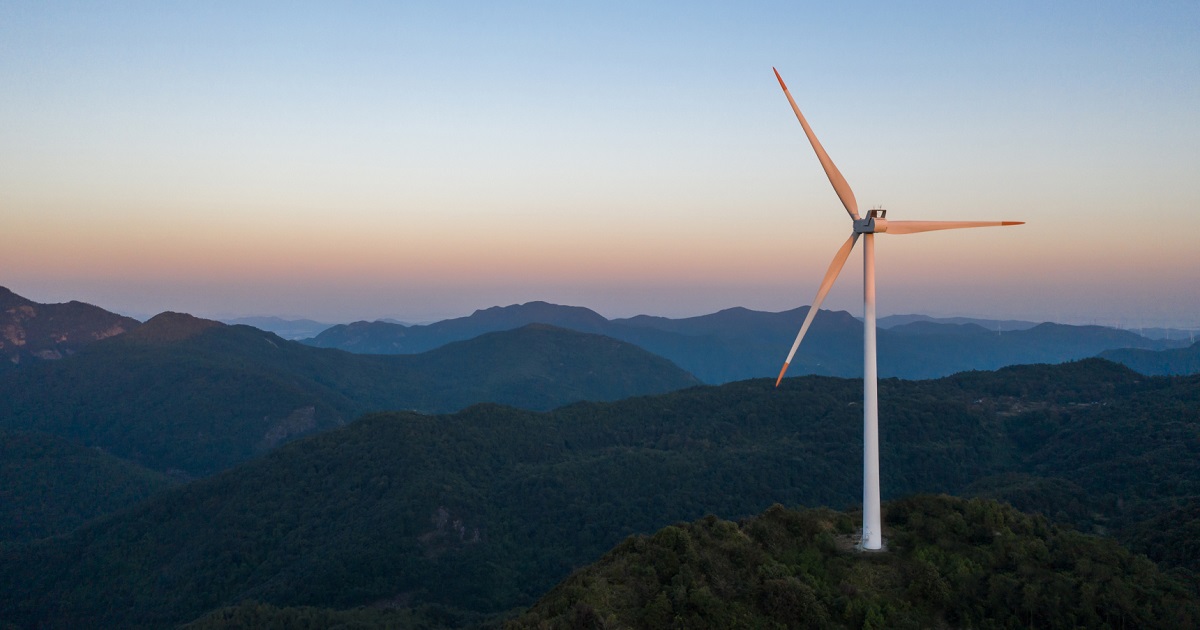
Actual clean energy investments in the U.S. have totaled $493Bn in the last two years, a 71% increase from the two years prior, with strong investment gains in the electric vehicle (EV) supply chain, solar manufacturing and battery technology.
Recent years have seen a significant acceleration in clean energy investment and grid decarbonization alongside the implementation of the Inflation Reduction Act passed in August 2022. Actual clean energy investments in the U.S. have totaled $493Bn in the last two years, a 71% increase from the two years prior, with strong investment gains in the electric vehicle (EV) supply chain, solar manufacturing and battery technology. Indeed, private clean investment has surpassed federal spend by 5-6x and accounted for more than half of total U.S. private investment growth since the IRA’s enactment1.
Despite this progress, supply-side barriers have been a constraint. Permit delays and transmission difficulties have contributed to long interconnection queues for the grid2. Meanwhile, power vulnerabilities exposed by climate disruptions and the mounting appetite from data centers have added new urgency to securing and expanding the grid. Ahead of these challenges, the U.S. presidential election adds uncertainty around the future of IRA clean energy incentives and subsidies.
Across the two presidential outcomes, we consider:
- A Harris administration would likely be “status quo”. with continued focus on implementation of the IRA, including new policies such as clean energy “tech-neutral” tax credits that extend to a more inclusive range of existing and potential future technologies.
- A Trump administration could take aim at certain pieces of the legislation. EV tax credits and offshore wind subsidies may be most at risk, while new leadership at the Department of Energy could delay new grants and loans. Executive agencies could also amend the interpretation and application of policies to weaken their implementation, decisions that do not require legislative process.
However, a full unwind of the IRA seems highly unlikely because:
- Stimulating U.S. manufacturing and increasing competitiveness with China are two areas with significant bipartisan support. With tax credits decreasing costs by an estimated 34%, the IRA has made U.S.-based chip manufacturing highly competitive with China and expanded the so-called “battery belt”3.
- The IRA has yielded beneficiaries across party lines. A Republican administration would need to balance any desire to repeal the legislation with the significant investment flow and job creation flowing to Republican districts4.
As such, the IRA seems unlikely to be significantly dismantled and even if some policies were diminished, the secular inertia behind the U.S. energy transition will continue. The renewable share of U.S. final energy consumption is still just 8%, and while that’s grown from 4% in 2010, the journey has just begun. Still, investors should take heed to the evolving winners and losers that can arise as policy incentives potentially change, hyperscaler demand mounts and grid inefficiencies seek new solutions.
Actual U.S. clean investment has grown significantly in recent years.
Billions 2023 USD, by quarter

Source: Rhodium Group and MIT/CEEPR Clean Investment Monitor, J.P. Morgan Asset Management. In 2Q24, clean investment amounted to 5.5% of total U.S. structures and durable goods investment, compared to just 1.4% in 2Q18.
Data are as of October 10, 2024.





